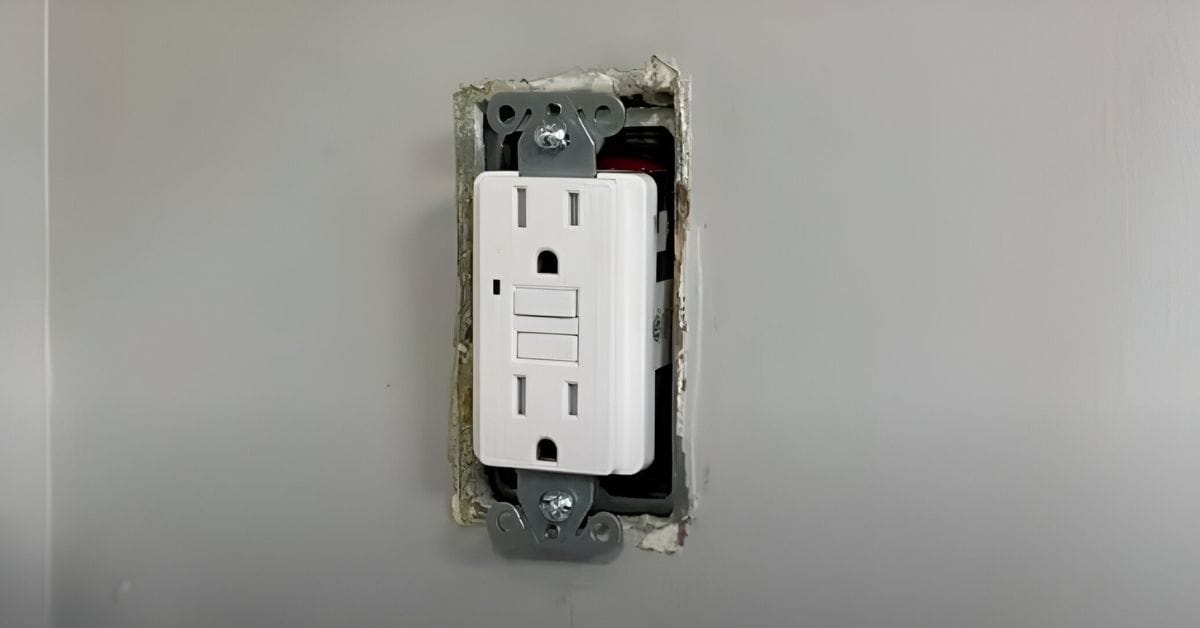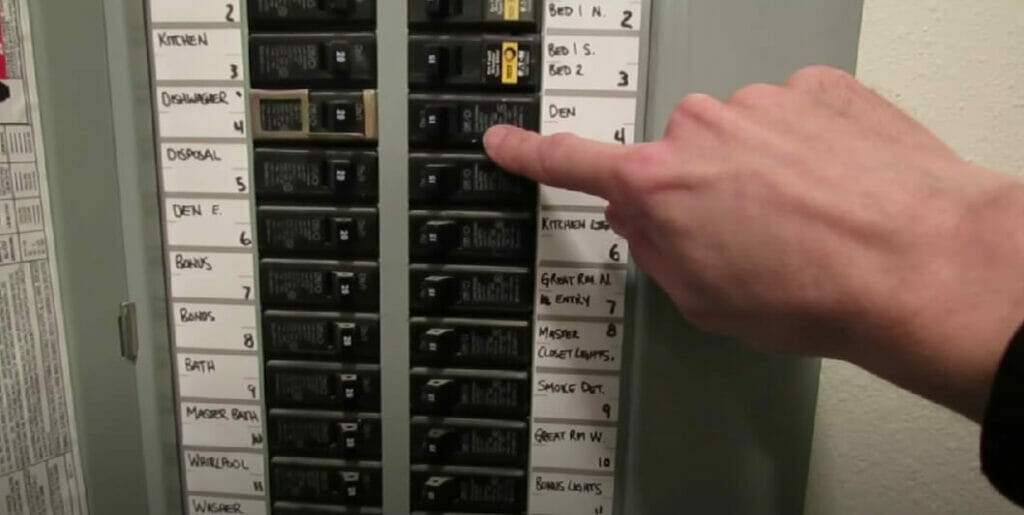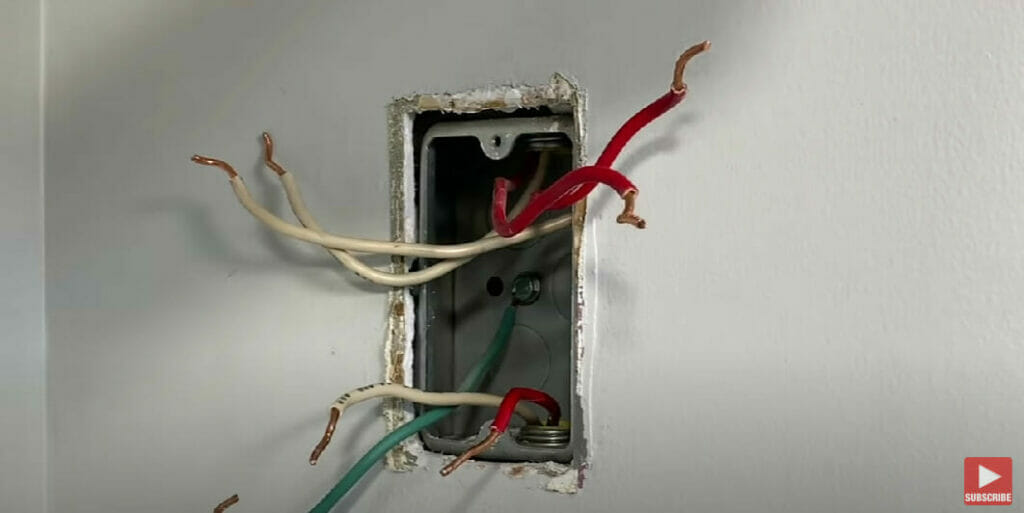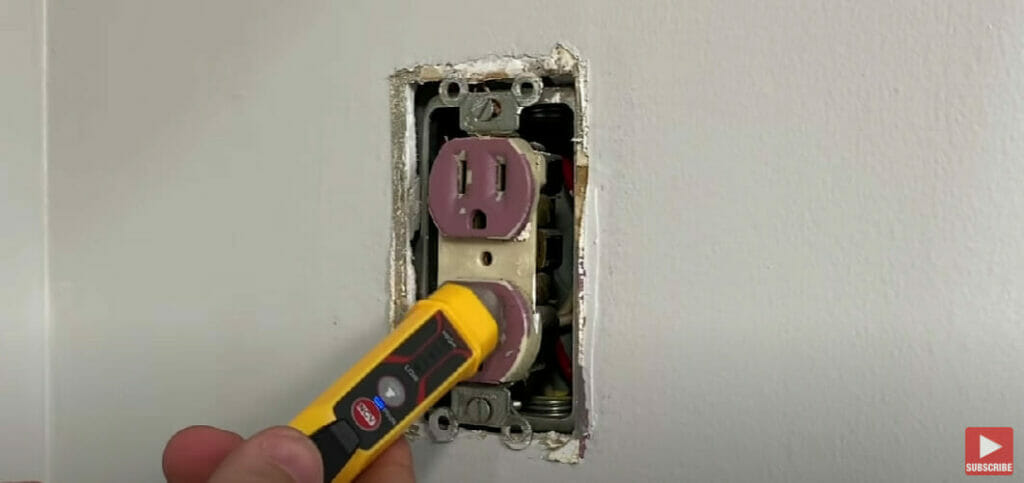Is a Dead Outlet Dangerous? (Guide)

Hey there! Have you ever plugged something into an outlet and found it’s not working? Super annoying, right?
But here’s the thing: a dead outlet isn’t just a hassle; it can be risky. It might be pointing to a bigger electrical issue that, if ignored, could lead to a fire hazard.
Now, let’s get down to business and tackle this head-on. I will guide you through understanding dead outlets and how to deal with them, ensuring your safety first and foremost.
Why is a Dead Outlet Dangerous?
I’ve seen my fair share of home hazards, but dead outlets are at the top.

Fire Risks? Absolutely. One of the scariest things about a dead outlet is its potential to start a fire.
I remember when I came across an outlet giving off too much heat. The insulation on the wires inside had started melting, leaving the wires exposed.
This is a recipe for disaster, especially in places like kitchens or laundry rooms with flammable materials. And you know what’s concerning? This can happen even when the outlet isn’t actively being used.
Electrocution Risks are Real. I can’t stress enough how dangerous it can be to mess with a dead outlet without the right skills. Exposed wiring is a serious shock hazard, particularly when standing on a wet floor – electricity and water are a bad mix!
So, always remember, safety first. Getting an expert on board is wise if facing a dead outlet. They can safely figure out what’s wrong without risking a fire or an electric shock. Stay safe out there!
Dealing with a Dead Outlet – Here’s How
Let’s dive into what you should do if you come across a dead outlet in your home. Trust me, I’ve been there, and while it might seem intimidating, there are steps you can take to address the issue safely.
DIY Troubleshooting
Now, if you feel confident about your electrical skills (and I mean, really confident), here’s what you can do:
- Check the Circuit Breaker: I’ve seen many cases where the issue is just a tripped breaker. Head to your circuit breaker panel and see if any switches have flipped off. Flip it back on and check if that brings your outlet back to life.
- Test Other Outlets: Are other outlets on the same circuit working? If they are, the problem might be with the one outlet. If not, you might be looking at a bigger issue with the circuit.
- Inspect the Outlet: This one time, I was fixing up an old house and found a dead outlet. I turned off the power, took off the cover plate, and there it was – a loose wire. Sometimes, it’s just about tightening up those connections. But hey, if you see any damage, don’t play the hero; call in a pro.
- Test the Outlet: A simple way to test an outlet is by using a voltage tester or just plugging in a lamp. No voltage? The outlet itself could be the culprit. But if there’s voltage and your device still doesn’t work, the issue might be with the device.
Remember, safety is key. If you’re not 100% comfortable with this, don’t risk it.
When to Call an Electrician
And here’s the thing – if any of this feels out of your comfort zone, it’s time to call a licensed electrician. I’ve worked with many over the years, and these pros can swiftly and safely diagnose and fix the issue. It’s worth the peace of mind knowing your home is safe.
Causes of Dead Outlets
Let’s dig into what causes dead outlets. I’ve encountered plenty in my time, which usually boils down to a few common issues. Understanding these can save you a lot of headaches.
Tripped Circuit Breaker

First up, the most common culprit is a tripped circuit breaker. I’ve seen this a lot on projects. You plug in too many gadgets, and the breaker trips to prevent overheating or a fire.
To check this, head over to your electrical panel. Find the breaker for the area where the dead outlet is. If it’s flipped off, turn it back on.
But if it keeps tripping, you might have too many things plugged in, or it’s time to get an electrician to take a look. Safety comes first, always.
Loose or Damaged Wiring

Then there’s loose or damaged wiring. This one can be sneaky. Wires can get loose over time, or maybe some enthusiastic DIY went sideways. Rodents are also a weirdly common cause.
You’ll want to check the outlet for any signs of damage – frayed wires, loose connections, burn marks. I once found a chewed-up wire behind an outlet in an old house. If you’re not comfortable with this, definitely call in a pro.
Faulty Outlet

Lastly, sometimes the outlet itself is the problem. They wear out, especially in high-use areas or places with moisture. A worn-out outlet won’t do its job.
Testing this is pretty straightforward. Use a voltage tester or plug in a simple lamp. No power? It’s probably the outlet. I’ve had to replace my fair share of these over the years. They don’t last forever, after all.
So, there you have it. Dead outlets can be a bit of a puzzle, but with some detective work, you can usually figure out the cause. Remember, if you’re ever in doubt, call a professional. Better safe than sorry in the world of electrical work!
Keeping Outlets Alive: Preventive Measures
Let’s roll up our sleeves and talk about preventing dead outlets. I’ve learned a thing or two about this over the years, and trust me, a little preventive action goes a long way.
Regular Electrical Check-ups
First things first, regular maintenance is key. Here’s what you should keep an eye on:
- Inspect Your Outlets: Look out for any cracks, discoloration, or signs of wear and tear. These are early warning signs that something’s not right.
- Test Your Outlets: Now and then, give your outlets a quick test. A simple lamp can tell you if they’re working as they should.
- Replace When Necessary: If you spot an outlet or switch that’s seen better days, don’t wait. Replace it. I’ve replaced more outlets than I can count, and it’s always worth it.
- Professional Inspections: Get a licensed electrician to inspect your system thoroughly every few years. They can spot things we might miss and ensure everything’s up to code.
Avoiding Circuit Overload

This one’s big—overloading circuits are a surefire way to end up with dead outlets. Here are some tips to keep things balanced:
- Use Surge Protectors: They’re great for keeping your devices safe from sudden power surges. I always recommend using them, especially for your pricier electronics.
- Be Wary of Extension Cords: They’re handy, but relying on them too much can be a hazard. Try to plug directly into the outlets when you can.
- Spread the Load: Don’t cram all your appliances into one outlet or circuit. Distribute them around your home to keep the load balanced.
- Consider an Upgrade: If you’re constantly tripping breakers, it might be time to upgrade your electrical system. This is especially true in older homes.
By taking these steps, you can significantly reduce the chances of dead outlets cropping up in your home. Remember, a little preventive care can save you a lot of trouble. Stay safe and keep those outlets healthy!
References
Studies:
- A Study on Residential Fires Due to Electrical Faults in Hong Kong. https://www.phrc.psu.edu/assets/docs/Publications/2016RBDCCPapers/Lee-2016-RBDCC.pdf
Organizations:
- National Fire Protection Association. https://www.nfpa.org/
- Electrical Safety Foundation International. https://www.esfi.org/
Books:
- “Electrical Wiring Residential” by Ray C. Mullin and Phil Simmons. https://www.barnesandnoble.com/w/electrical-wiring-residential-ray-c-mullin/1116778103
- “Wiring a House” by Rex Cauldwell. https://www.barnesandnoble.com/w/wiring-a-house-rex-cauldwell/1118175264
- “Code Check Electrical: An Illustrated Guide to Wiring a Safe House” by Douglas Hansen, Redwood Kardon, and Michael Casey. https://www.thriftbooks.com/w/code-check-electrical-code-check_douglas-hansen_redwood-kardon/10750052/
Video References:
StevesVids
Everyday Home Repairs
theoverengineer
